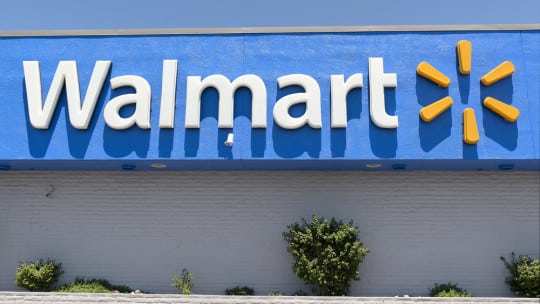
Last week we wrote about the misconception that brands with large budgets and numerous video assets, such as television networks, are the only ones best positioned to create sparkling social media videos that spur high levels of consumer engagement (PRN, Sept. 12, 2017). This week we look at another instance where a brand’s size doesn’t necessarily equate to smooth sailing when it comes to PR issues.
The past summer’s news was strewn with large brands learning difficult lessons about crisis management, from Uber to Bell Pottinger to Walmart to Equifax just last week (see our coverage elsewhere in this edition).
As Walmart experienced social crises a few times this summer (PRN, August 15, 2017), we were fortunate when the brand’s Dan Kneeshaw, senior director, global communications, digital strategy & brand engagement, discussed its views of social crises. [Next Week: We’ll have Dan Kneeshaw’s analysis of Walmart’s recent social crises.]
Not If But When

Senior Director, Global Communications, Digital Strategy & Brand Engagement, Walmart
When a brand has 2.3 million employees serving 260 million customers weekly at 12,000 outlets and online properties in 28 countries, the “sheer scale” and “brand visibility” of Walmart pose “challenges” to reputation on social “that we face on a regular basis.” Facebook and Twitter posts provide most of the issues, he adds. The common element often is “visual,” since “nearly everyone has a phone” with a camera. As social grows, so does the possibility for social crisis.
With so many possibilities for social incidents—the brand monitors social “constantly,” he says—Walmart’s social response unit is precise in its definitions. A social crisis for Walmart is “any issue or event that has escalated to a broad point of public attention and poses a direct threat” to “Walmart’s brand reputation,” Kneeshaw says. The brand also classifies the types of issues it’s confronting, including: state of emergency (a hurricane, for example); offensive items (such as illegal drugs); and flash point issues (hot topics where you “drop everything and act,” including racist, sexist or LGBTQ discrimination, videos of negative customer service or any incident involving a celebrity).
By The Numbers and The tools
In terms of the social conversation, Walmart considers itself in a viral crisis when it monitors 4,000+ mentions per hour; an emerging trend is defined as 2,000-3,999 mentions per hour. The brand signals the all clear when no more than 2,000 mentions per hour are tracked.
A tip: To calculate benchmarks for your brand, monitor mentions over time when social conversation is normal and when it’s abnormal; set thresholds based on these figures.
Walmart uses three tools to monitor: Brandwatch (for real-time mention alerts); Crimson Hexagon (Walmart uses it largely on owned platforms to assess sentiment); and NewsWhip (shows which articles are being shared “on the more private platforms like Facebook,” allowing Walmart to “prepare for what’s coming”).
Responding and Being Human
For incidents that rise to the level of social crisis, Walmart often deploys a cross-functional command center, which consists of members of the social media response team and other teams as needed, such as legal, marketing, press relations and corporate affairs and HR.
The brand takes action based on a protocol included in its social crisis response playbook. If you lack a written plan for responding to social crises, Kneeshaw says, “Today is the day to create one.” Trying to cobble together a protocol in the middle of a crisis when “all hands are on deck…will not help you.”
In addition to having the correct team members involved in social crisis response, he says, Walmart emphasizes that the written response be posted on the platform where the crisis originated.
Beyond that the brand emphasizes responses be human. “Forget corporate-speak…be as real as you possibly can” when composing a response or apology statement, Kneeshaw says. “When we sit down with legal and other departments we sometimes forget that people are at the other end of a statement and they want to be spoken to as people.” Generally Walmart sends an acknowledgement quickly that an incident is occurring; after investigating and gathering information, it will issue a “sincere apology…if Walmart is at fault.” The apology statement should be “honest, transparent and use language that addresses emotionally affected individuals.”
A tip: Think how you’d communicate with your family and use similar language.
CONTACT: @DKneeshaw
Takeaways
1. The possibility of social crisis is rising as more people access social platforms. Be prepared.
2. Don’t wait for a crisis to occur to create a social response playbook.
3. Abandon corporate-speak in your social responses.
